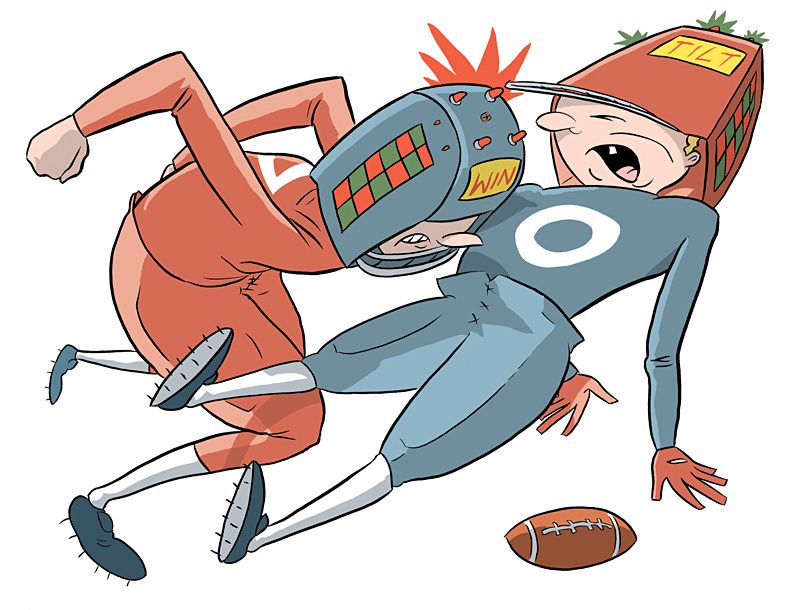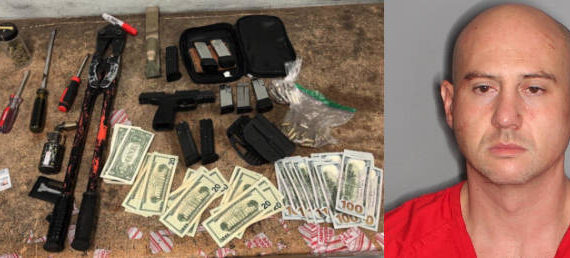Next week, experts in the fields of brain injury and football-helmet technology will be huddling in New York City. Their goal: to determine if there’s anything that can be done, equipment-wise, to combat the outbreak of concussions among professional football players. Co-presiding over the meeting will be Harborview’s own chief of neurosurgery, Dr. Richard Ellenbogen.
Ellenbogen stepped into a hot seat in March when he was named co-chair of a new advisory committee on brain and spine injuries for the NFL—which has been castigated multiple times by Congress and players’ groups for its perceived failure to take concussions seriously.
The challenge faced by the league, of course, is that while most fans don’t like to see a player get hurt, every fan loves to see a bone-shattering hit. Preferably in slow-motion instant replay. Multiple times.
The ideal would be a helmet that can handle hits while insulating players from concussion. But that doesn’t seem to be in the offing. In fact, last month an AP story quoted league officials and heads of equipment-makers declaring that a concussion-proof helmet is “not achievable.” After all, the brain is inside the skull; you can’t stop it from sloshing around (which is what happens in a concussion). Still, there can be design improvements, which Ellenbogen says his team will be evaluating next week.
Another tactic being discussed is the use of an impact sensor, which would provide hard, measurable data—on top of the crunching sound and the groans—on precisely how devastating a hit has just been delivered. (One Seattle company, X2 Impact, has been getting a lot of press recently for its sensor, which is built into the player’s mouthpiece.)
In an interview published a few weeks ago in the Puget Sound Business Journal, Ellenbogen suggested that some kind of impact sensor would likely be in use by 2011. But he was considerably more circumspect in an interview with Seattle Weekly. “Is it going to be used next season? I don’t know,” he said, noting that any device would need approval from league higher-ups and players.
A little more data can be a healthy thing. But it seems just as possible that the impact sensor could have an effect opposite of the one intended. Once you start measuring the brutality of tackles, how long before that data gets passed up to the broadcast booth?
After all, if there are two things football fans love, it’s hit porn and stats, and this would be the perfect way to give them more of both. And then it’s going to create even more competition among hit-artists as to who can deliver the toughest blows.







